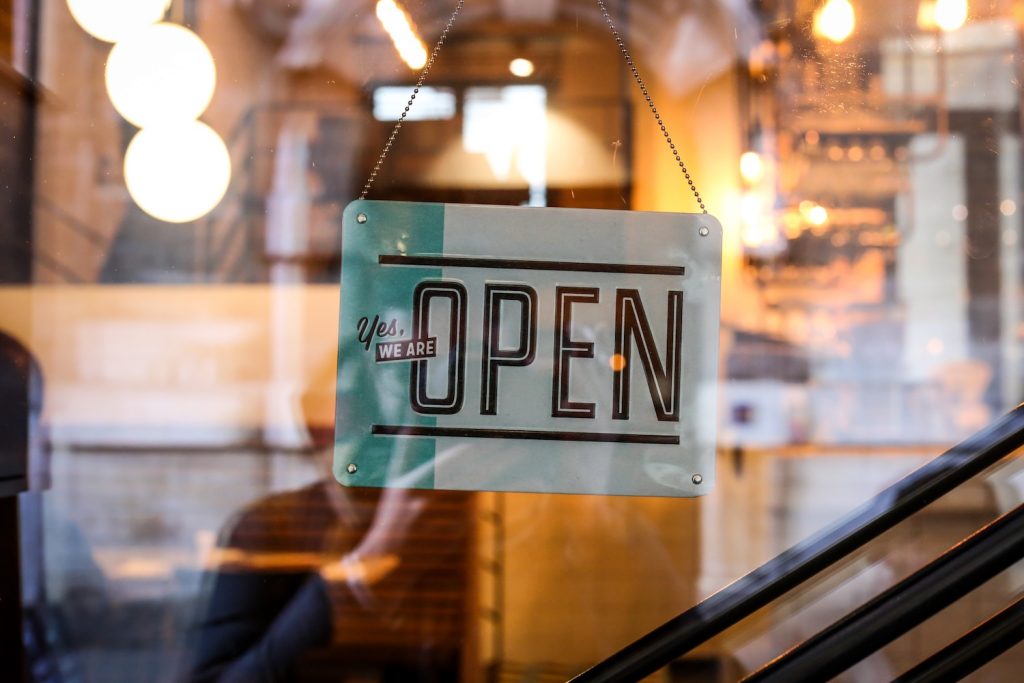
Retaining your customers is not only 5X cheaper than acquiring new ones, but a study by the Harvard Business Review found that increasing customer retention by just 5% can lead to a massive 25–95% increase in revenue.
As Tamara McCleary, CEO of Thulium and a top marketing technology influencer, put it, “It’s potentially lethal to put acquisition before retention strategies. Look at the data: It costs five times as much to acquire a new customer as it does to keep an existing one.”
In this blog post, we explore seven customer retention tactics that you can use to bolster your retention marketing efforts and your revenue.
1. Loyalty Programs
Loyalty programs reward existing customers for their business and incentivize them to spend more. Customers receive bonuses when they purchase a certain amount, and can usually track their progress along the way. Data shows that customers subscribed to loyalty programs buy 90% more often and spend 60% more per sale.
Sephora even takes it a step further by offering tiers in their loyalty program. Shoppers achieve Insider status for signing up, then can work their way up to VIB status through $350 in purchases per year, or Rouge status through $1,000. With each tier comes additional perks, such as reduced shipping costs, custom makeovers, and invitations to exclusive events.
2. Gamification
Gamification isn’t just for video games and mobile apps. You can apply gamification tactics to your retention marketing strategy by making it more fun for customers to purchase your products. Consider incorporating leaderboards, status updates, badges, or challenges into your marketing.
Starbucks, for example, offers challenges that incentivize customers to buy items in order to receive bonus stars. Depending on your business, you can apply this approach to get through certain inventory faster, tempt customers to try new items, or encourage customers to buy more of their favorites.
3. Personalization
Personalization gives customers a more relevant shopping experience by tailoring content based on customer location, shopping habits, and other demographics.
For example, Airbnb sends personalized emails to customers. These emails not only include the customer’s name (good) but also a reminder to revisit homes in specific locations they were browsing earlier (great). An email from Airbnb with a vague subject line might get an open or it might not — but one with a specific subject line and relevant location almost guarantees a second glance.
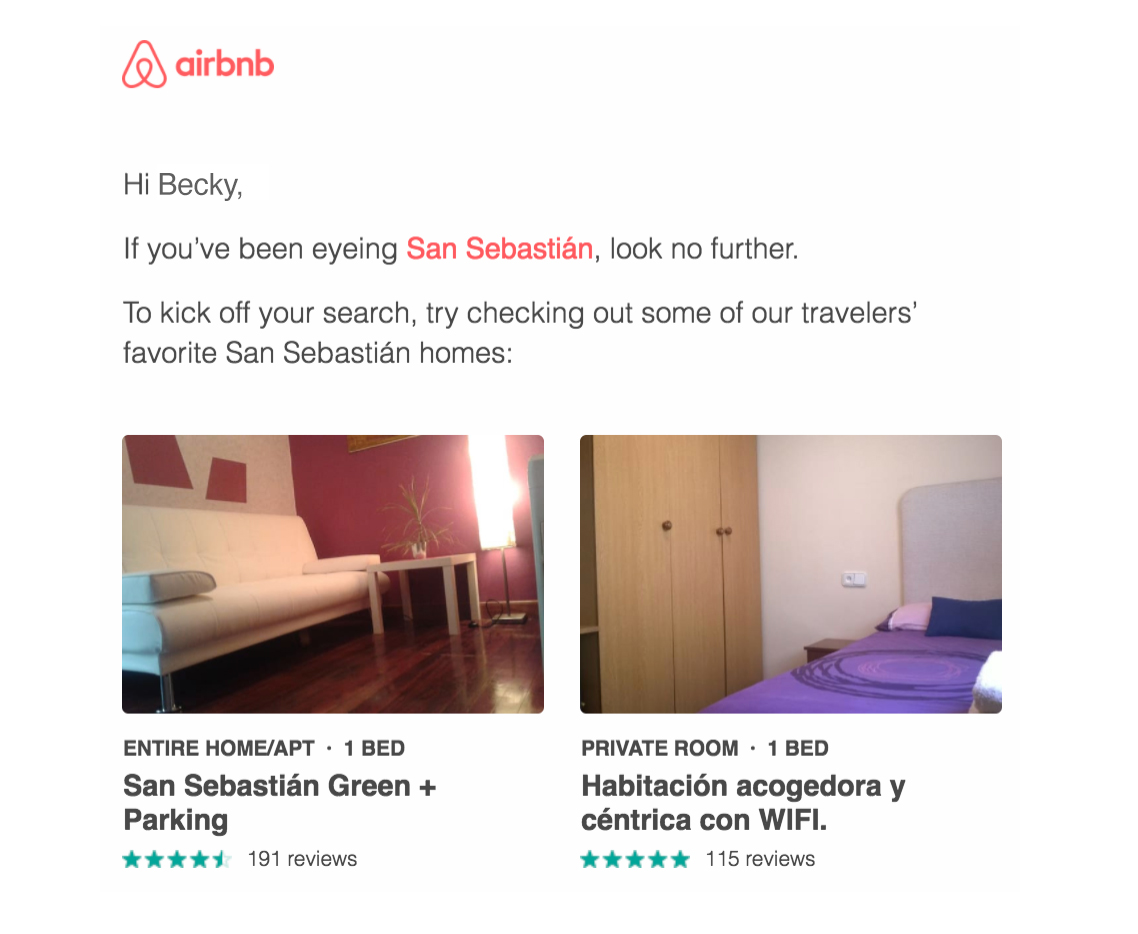
Source: Airbnb.
4. Customer Support
According to an American Express survey, 78% of consumers have abandoned a transaction due to poor customer service. But marketers need only look to Jeff Bezos and Amazon to find all the evidence they need of the importance of customer support: by being “customer-obsessed,” the internet giant has become the world leader in overall online retail and in overall customer satisfaction.
To turn would-be consumers into repeat customers, provide at least some level of customer service at all times. You can offer live chat on your app or website, set up automated chatbots on Facebook, or simply make sure it’s clear how customers can get in touch with your support team.
5. Referrals
Customers make the best advocates for your brand because they already love what you offer. They also know which of their friends would, too. Data shows 92% of consumers trust recommendations from people they know. To both acquire new customers and reward your current customers, try a referral program. In the example below, Sun Basket encourages customers to refer friends by offering $40 in credit for each new order placed.
There are plenty of tools out there to help you encourage and reward customer referrals. Those like ReferralCandy give customers their own referral link, then reward them with cash or a coupon on their next purchase. Others like KickOffLabs gamify the referral process by showing leaderboards of who offers the most referrals.
6. Purchase Thresholds
You can also increase revenue and encourage repeat customers by setting purchase thresholds. These thresholds can unlock discounts or free shipping when a customer spends the required amount. One example: Target offered 10 Days of Deals over the holidays, where customers could look forward to a new set of deals each day as well as save $50 on every purchase of $100 or more.
7. Push Notifications
Sometimes, customers just need a little reminder to re-engage with your brand. You can use push notifications to send customers a coupon, alert them of specials, or even combine with location services to offer a time-sensitive discount when they are near your store. Marketers have seen conversions jump by almost 50% after adding a combination of in-app messaging and push notifications to their mobile strategy.
Make It Your Own
To ensure you’re not just acquiring users who vanish within days (80% do), be sure to test the customer retention tactics above. Data shows that 86% of mobile app marketers who implement a user engagement report see increased engagement, higher revenue, increased conversions, better insights, and higher retention. Chances are, your best customers aren’t waiting to be found — they’re just waiting to be re-engaged.
Author
Becky is the Senior Content Marketing Manager at TUNE. Before TUNE, she handled content strategy and marketing communications at several tech startups in the Bay Area. Becky received her bachelor's degree in English from Wake Forest University. After a decade in San Francisco and Seattle, she has returned home to Charleston, SC, where you can find her strolling through Hampton Park with her pup and enjoying the simple things in life.

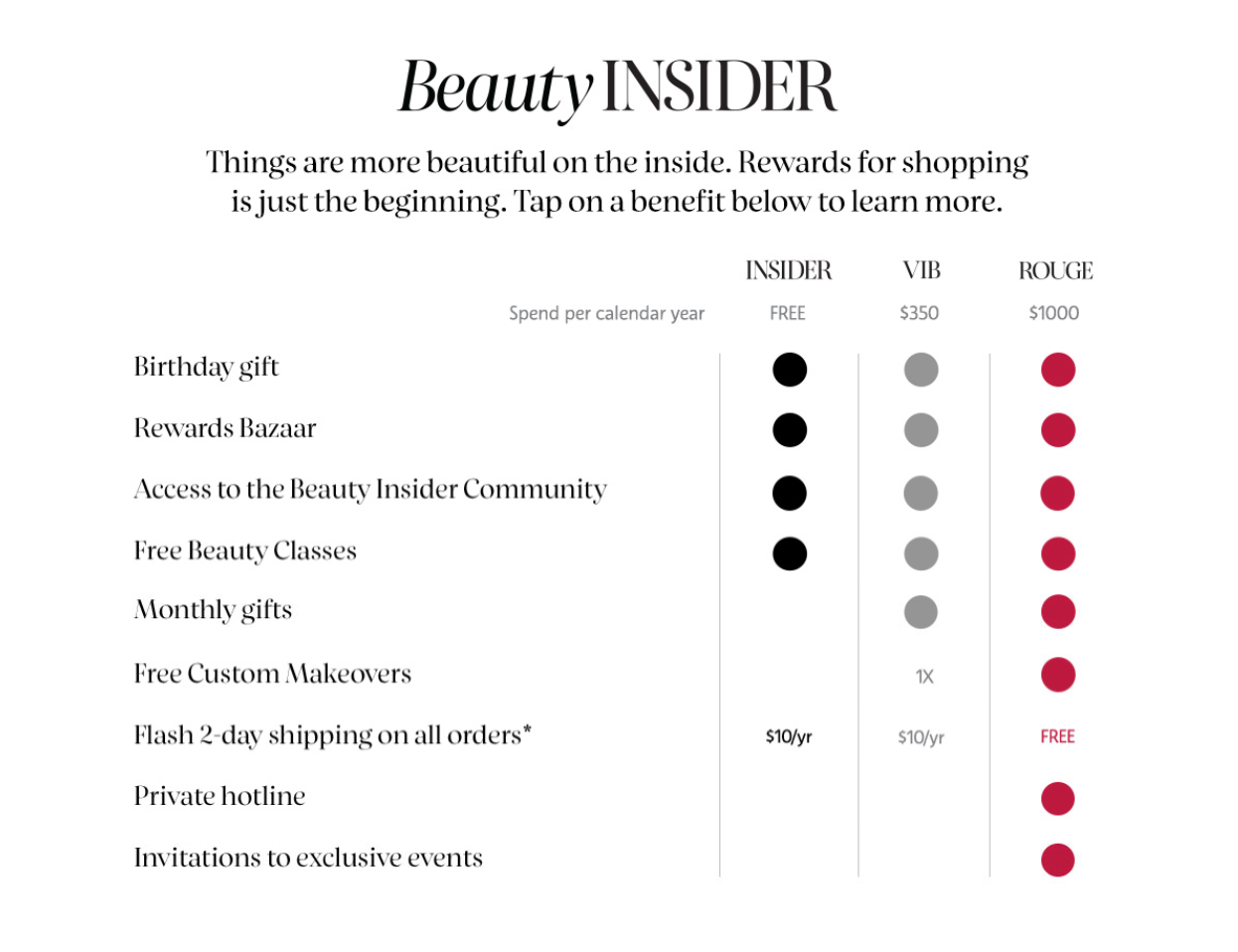
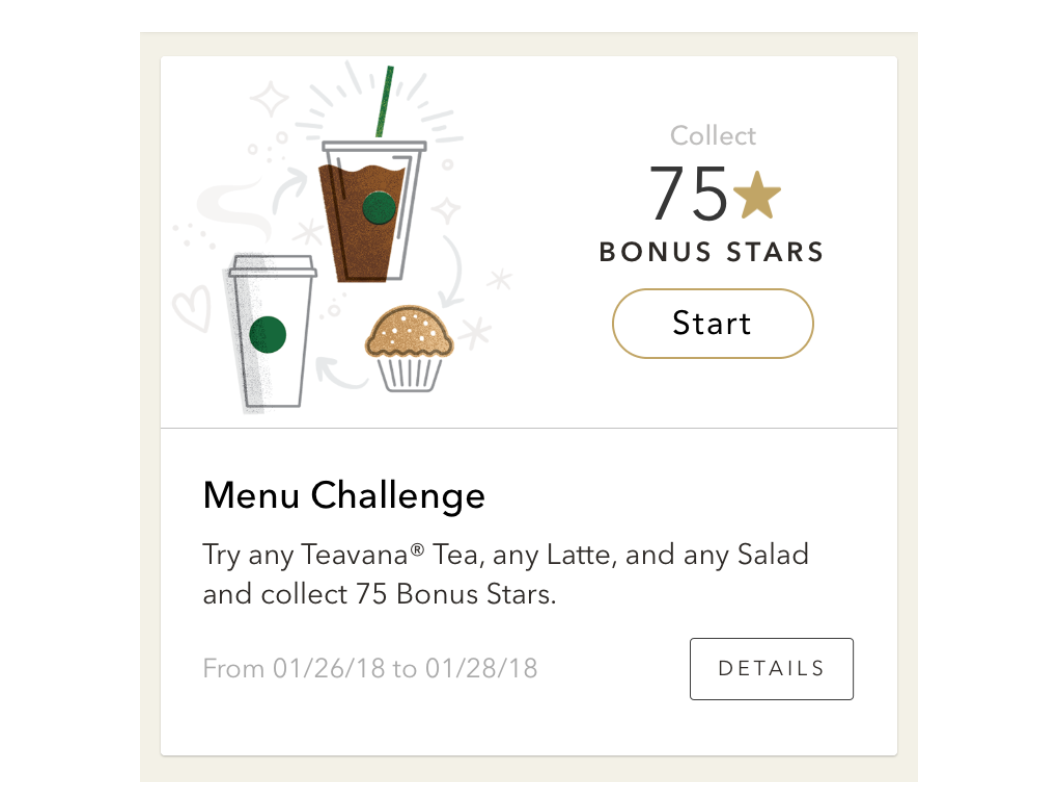
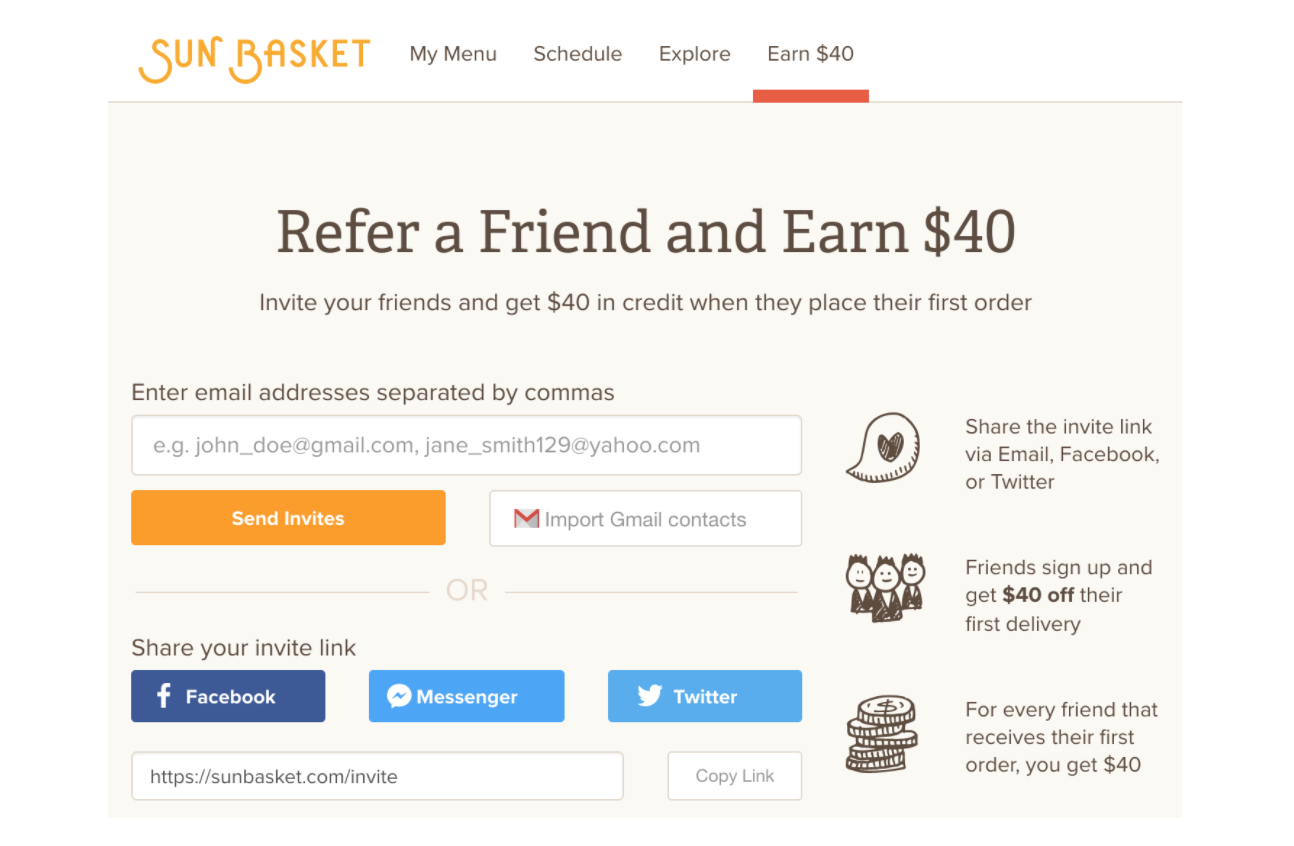
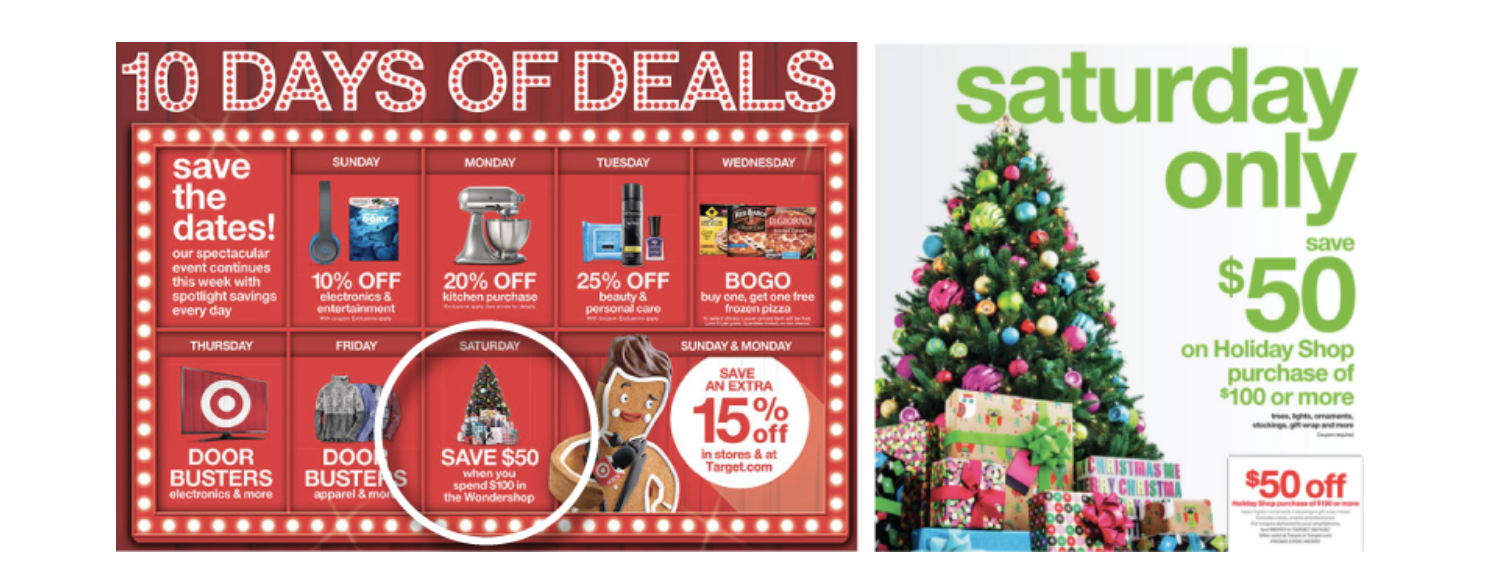

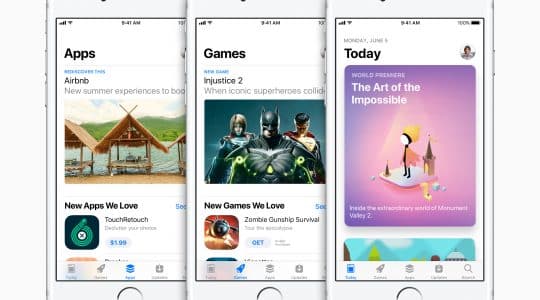
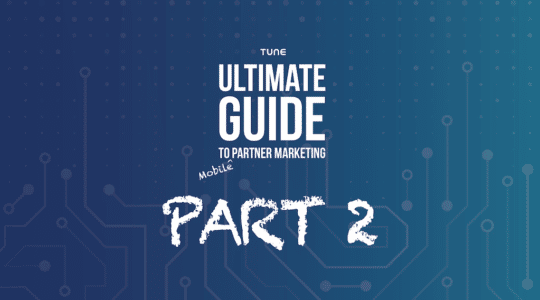
Leave a Reply
You must be logged in to post a comment.